The Politics of Electoral Systems
Foreword PART 1: INTRODUCTION: ELECTORAL SYSTEMS AND ELECTORAL SYSTEMS RESEARCH 1. Introduction to Electoral Systems 2. Comparative Electoral Systems Research: The Maturation of a Field and New Challenges Ahead 3. Why are There so many (or so few) Electoral Reforms? PART 2: SINGLE-MEMBER CONSTITUENCY SYSTEMS 4. Australia: The Alternative vote in a Compliant Political Culture 5. Canada: Sticking to First-past-the-Post, for the Time Being 6. France: Stacking the Deck 7. India: Two-Party Contests Within a Multi-Party System 8. United Kingdom: Plurality Rule Under Siege 9. United States of America: Perpetual Campaigning in the Absence of Competition PART 3: MIXED SYSTEMS 10. Germany: Stability and Strategy in a Mixed-Member Proportional System 11. Hungary: Holding Back the Tiers 12. Italy: A Case of Fragmented Bipolarism 13. Japan: Haltingly Toward a Two-Party System 14. New Zealand: The Consolidation of Reform? 15. Russia: The Authoritarian Adaptation of an Electoral System PART 4: CLOSED LIST SYSTEMS 16. Israel: The Politics of Extreme Proportionality 17. South Africa: One Party Dominance Despite Perfect Proportionality 18. Spain: Proportional Representation with Majoritarian Outcomes PART 5: PREFERENTIAL LIST SYSTEMS AND PR-STV 19. Austria: A Complex Electoral System with Subtle Effects 20. Belgium: Empowering Voters or Party Elites? 21. Chile: The Unexpected (and Expected) Consequences of Electoral Engineering 22. Denmark: Simplicity Embedded in Complexity (or Is it the Other Way Round?) 23. Finland: One Hundred Years of Quietude 24. The Netherlands: The Sanctity of Proportionality 25. Ireland: The Discreet Charm of PR-STV PART 6: CONCLUSION 26. Conclusion Appendix A - The Mechanics of Electoral Systems Appendix B - Indices of Fragmentation and Disproportionality Appendix C: Effective Threshold and Effective District Magnitude Appendix D: Values of Indices for 22 Countries at Most Recent Election Appendix E: Web Sites Related to Elections, Election Results, and Electoral Systems
{{comment.content}}


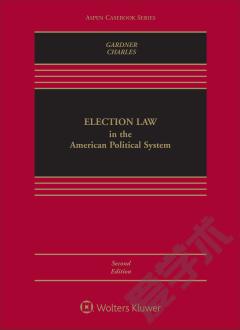
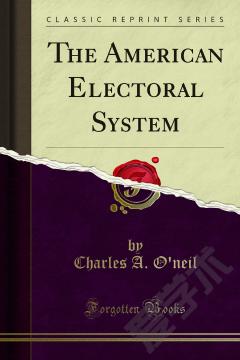
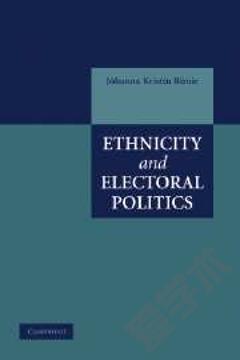
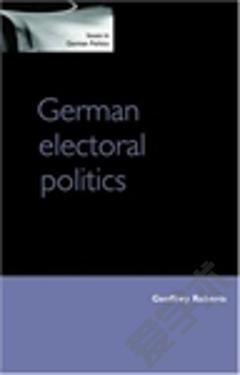
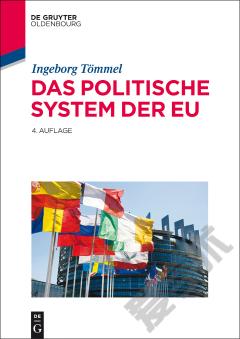

 京公网安备 11010802027623号
京公网安备 11010802027623号